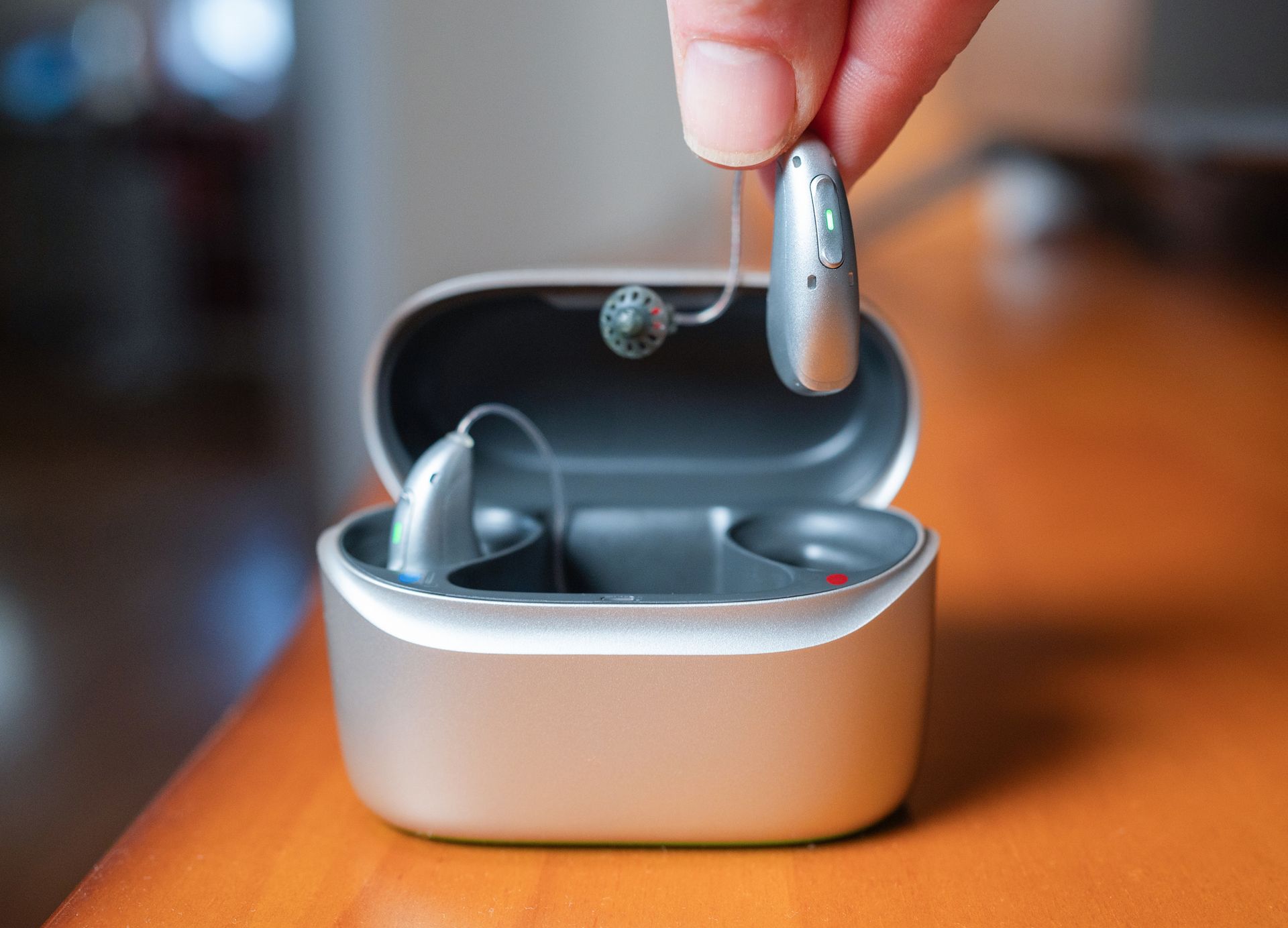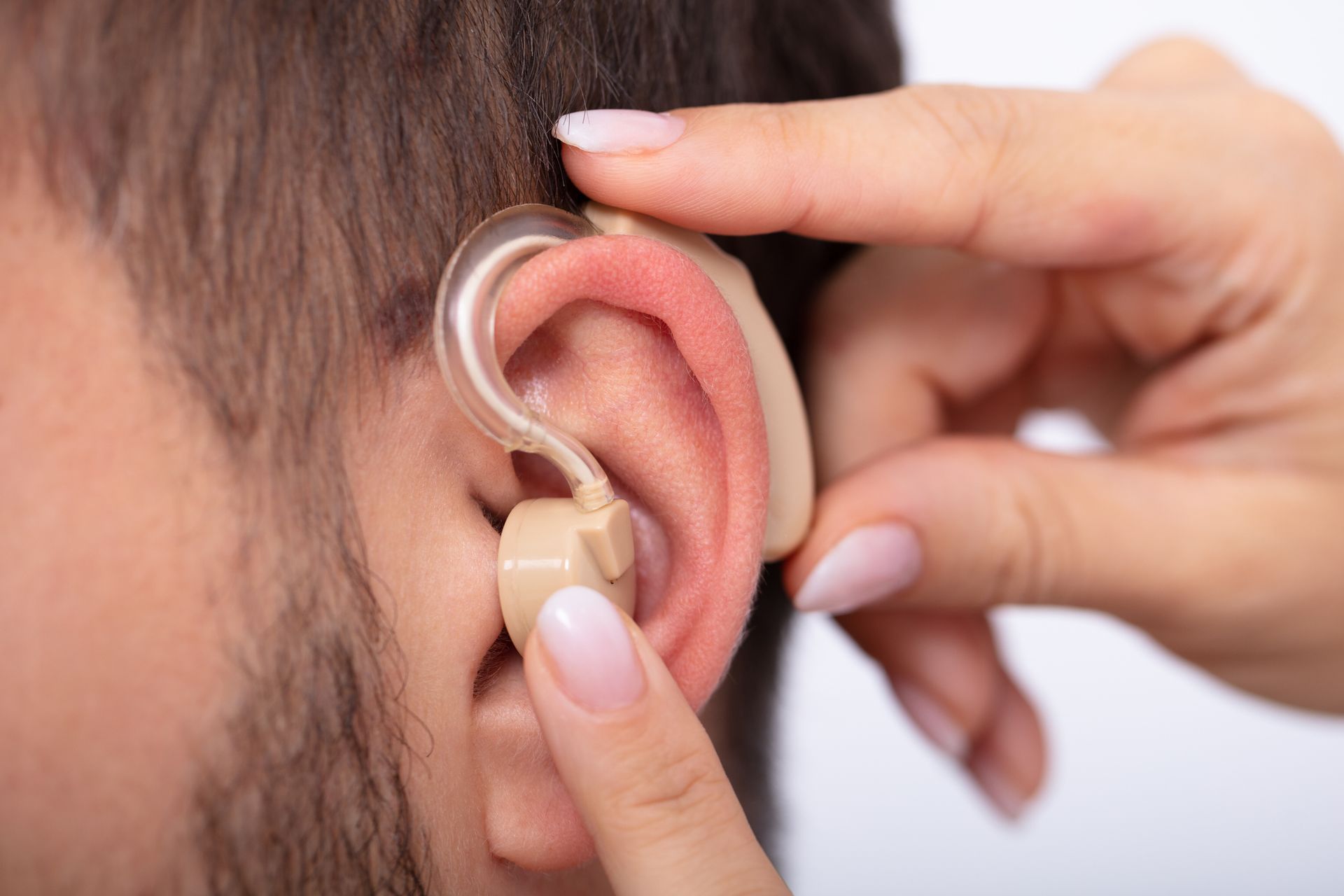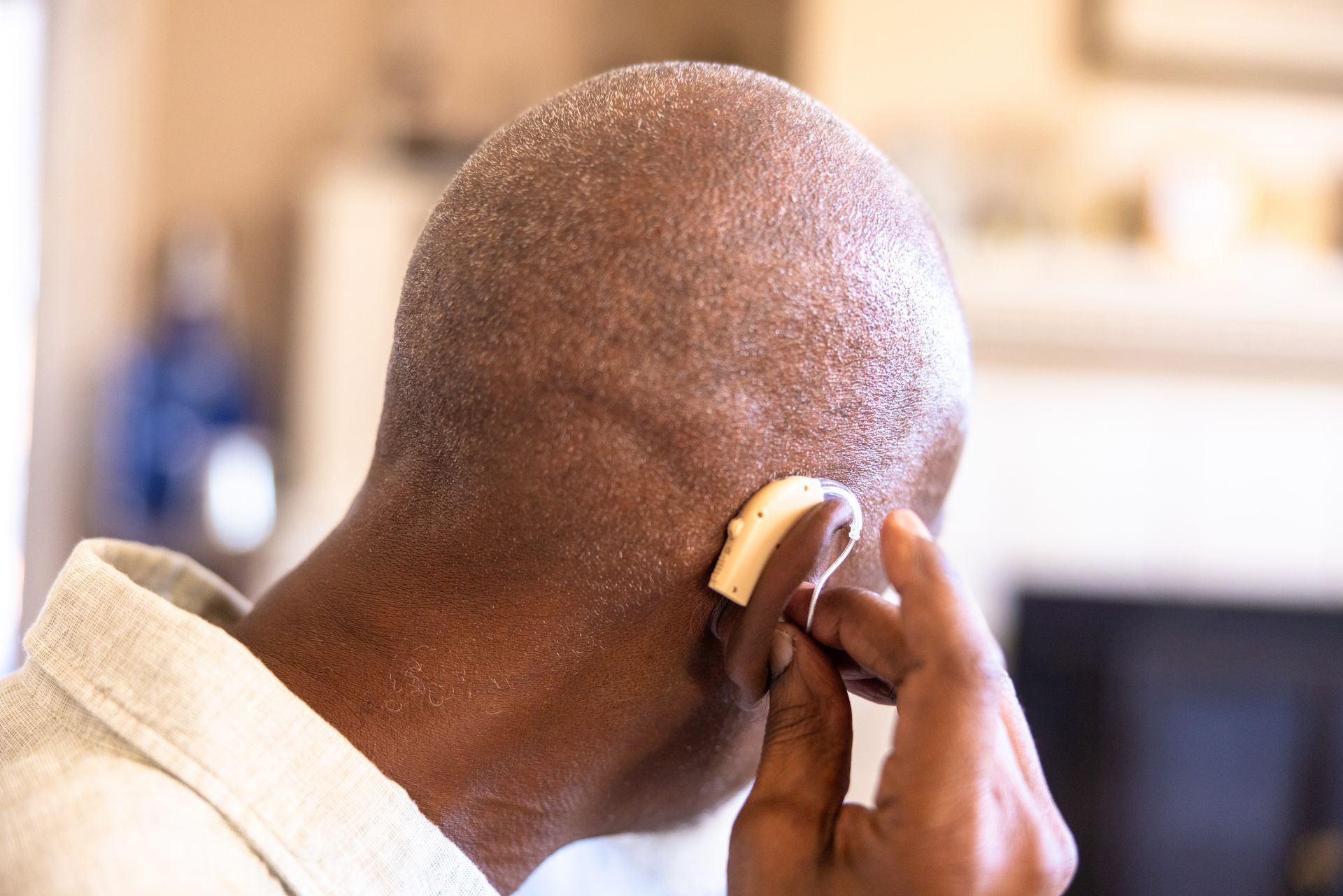3 Surprising Causes of Swimmer's Ear
Admin • November 23, 2017
Swimmer's ear, or acute otitis externa, is an infection of the outer ear affecting nearly 1 in 100 people. The presence and growth of large amounts of bacteria inside the ear canal produces the characteristic redness, pain and swelling of swimmer's ear.
Normally, excessive swimming resulting in water remaining in the ear canal is the main cause of this affliction. Cases peak during the summer months of June, July and August when swimming is in full swing. However, too much fun in the sun and pool is not always the cause of swimmer's ear. Take a look at these three surprising causes of acute otitis externa and how you can prevent it.
1. Hot Tubs
If you enjoy spending time in hot tubs, whether you choose a community, hotel, or your backyard hot tub, you may be at risk for getting swimmer's ear. You don't normally submerge your head in a hot tub or dive underwater, but bacteria in the hot tub are capable of infecting you with swimmer's ear if you're not careful.
Dry ears are less likely to become infected, so do what you can to keep your ears free from moisture. While you're in any hot tub, take care not to splash water onto your head, face and ears. Despite the high water temperature, bacteria can still thrive in the hot tub. Excessive amounts of bacteria only need a little encouragement to grow and multiply in your outer ear if allowed to remain.
After you leave the hot tub, make sure any water drops are removed from your ears while you're drying off. Tilt your head to each side and forward a little bit to drain any water away. Wiggle your ear lobe with your fingers as you do so to further encourage water removal.
2. Ear-Cleaning
It seems like simple good hygiene that you regularly keep your mouth, nose and eyes clean, so why not your ears too? You may be tempted to regularly use those handy cotton swabs to keep your ears clean and dry; cotton swabs seem perfectly designed to fit inside your ear canal to remove ear wax or blot out excess moisture.
Unfortunately, frequently inserting anything into your ear canal, no matter how careful you may be, does several things, including the following:
Dirt and bacteria are pushed deeper into the ear canal
Ear wax can get packed tighter and deeper in the ear canal
Protective ear wax is removed, exposing the canal to bacteria, insects and other debris
Skin of the ear canal can be easily irritated because it is delicate and thin
Poking around in your ear canal and compressing wax and debris, removing ear wax and disturbing the thin skin of the ear canal all create an ideal environment for an infection like swimmer's ear.
Instead of using cotton swabs to clean your ears yourself, visit a specialist to have your ears cleaned professionally.
3. Eczema and Allergies
If you suffer from eczema and allergies, you might be prone to getting swimmer's ear as eczema sufferers can also experience eczema of the ear. Eczema of the ear can range from slightly dry ear skin to skin loss and extreme soreness and redness. No matter the severity of your ear eczema, your ear still feels itchy and uncomfortable, prompting you to scratch the outer ear and ear canal.
Other allergic conditions that lead to dry, itchy ears can be aggravated by windy or cold weather, low humidity shampoo, hairspray, perfume and even earrings or earbuds.
For help diagnosing swimmer's ear, eczema of the ear or pinpointing possible allergic causes of frequent acute otitis externa, visit the staff
at Wilmington Ear Nose & Throat.










